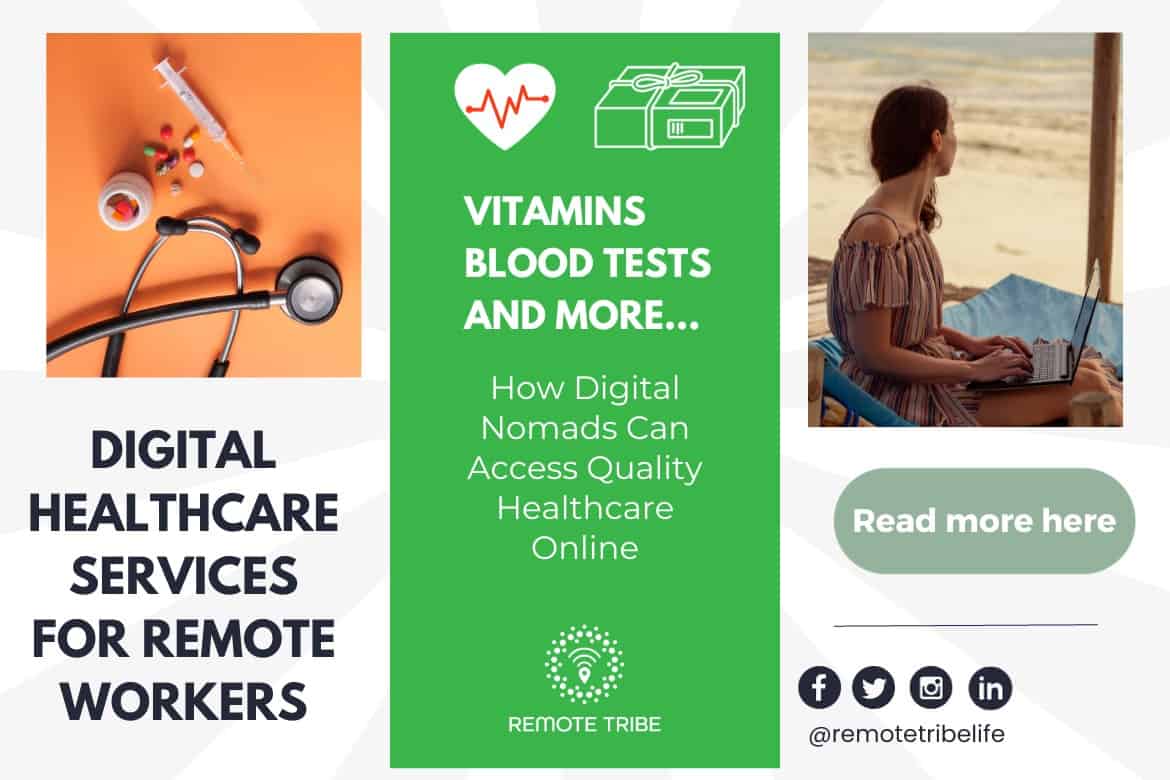Recognizing the Cost-Effectiveness of Subscription-Based Medical Care Designs
As the healthcare landscape progresses, subscription-based designs become an engaging alternative, promising to redefine how people manage medical costs. Reviewing these designs' cost-effectiveness necessitates a nuanced comparison with conventional insurance coverage, taking into consideration both financial effects and individual complete satisfaction. While they supply openness and predictability in costs, inquiries continue to be concerning their capability to meet diverse healthcare requirements, especially for specialized therapies. The point of views of health care service providers better complicate this equation, providing a complex challenge. What does the future hold for these designs, and can they really deliver on their promise of obtainable, affordable care?
Review of Subscription-Based Models
Subscription-based health care versions, sometimes referred to as direct medical care or attendant medication, are significantly acquiring focus as a prospective remedy to inefficiencies within conventional healthcare systems. These models operate the principle of offering patients direct accessibility to medical care providers with a yearly or monthly fee, bypassing the requirement for typical insurance policy devices. This setup aims to streamline patient-provider interactions by reducing administrative concerns, which often impede prompt and customized care.
At the core of subscription-based models is the focus on a more individualized client experience. Patients gain from improved access to their medical professionals, commonly consisting of next-day or same-day visits, extended appointment times, and direct communication networks such as phone or video clip calls. This design cultivates a proactive method to healthcare, where patients and suppliers can collaboratively concentrate on preventative treatment and chronic condition monitoring.

Expense Comparison With Traditional Insurance

Among the key monetary benefits of membership models is openness in prices. Individuals pay a predictable charge, which can simplify budgeting and economic preparation. Furthermore, these versions typically get rid of co-pays and deductibles for protected solutions, reducing out-of-pocket costs. Conversely, standard insurance may be extra advantageous for people calling for specialized care or pricey treatments not covered under a membership model, as they benefit from the wider protection network and cost-sharing systems.
Nevertheless, cost-effectiveness is context-dependent. While registration versions may use financial savings for those mostly requiring medical care, individuals with chronic problems or specialized medical care needs might discover traditional insurance more thorough. Evaluating details health care requirements and possible usage is important in establishing the most cost-efficient choice for people.
Effect On Individual Contentment
Individual fulfillment within subscription-based medical care models commonly shows a Full Report considerable enhancement over conventional insurance coverage systems. Unlike standard systems, where clients may experience delays in getting treatment, subscription-based models make sure even more straight and timely interactions with health care suppliers.
Furthermore, the openness in costs linked with subscription-based healthcare relieves the typical frustrations associated with unanticipated costs and intricate payment procedures seen in typical insurance (subscription based healthcare). Patients appreciate recognizing the specific financial commitment upfront, bring about enhanced depend on and confidence in their healthcare management
Additionally, the focus on preventative care and health in membership versions adds to improved health outcomes, even more improving patient fulfillment. By focusing on continuous health care as opposed to episodic treatment, patients experience an even more constant and alternative health care journey.
Additionally, the improved provider-patient partnership cultivated in these versions, defined by even more time invested per patient and individualized focus, plays a vital role in raising person fulfillment levels, as patients really feel really looked after and understood.
Service Provider Perspectives and Experiences
From the provider's perspective, subscription-based health care models use a transformative strategy to delivering medical services. These versions highlight a positive and preventative medical care method, permitting suppliers to concentrate on thorough patient treatment without the constraints of conventional fee-for-service plans (subscription based healthcare). This shift in focus typically results in boosted individual results and increased copyright fulfillment, as health care specialists can allot even more time and resources to person involvement and customized treatment plans
In addition, subscription models facilitate predictable revenue streams, which enhance monetary stability for medical care providers. This predictability allows for boosted source preparation and allotment, adding to a more effective medical care shipment system. Carriers can buy personnel technology, training, and framework enhancements, thereby boosting the quality of treatment provided.
However, the shift to subscription-based designs is not without difficulties. In spite of these difficulties, several service providers find that the benefits of enhanced patient interaction and structured operations outweigh the initial challenges, making subscription-based models an attractive choice.
Future Leads and Obstacles

A key challenge is regulative conformity, as registration models need to comply with advancing healthcare policies and insurance requirements. This necessitates continuous adjustment and development to make sure positioning with legal requirements. In addition, incorporating these models into existing healthcare infrastructures can be complicated, calling for considerable investments in technology and training.
There is additionally the prospective danger of creating injustices in healthcare gain access to, as membership versions could prefer those that can manage them, leaving go to this web-site prone populaces underserved. Resolving this needs thoughtful consideration of rates techniques and subsidy systems to guarantee inclusivity.
Conclusion
Subscription-based medical care designs offer a feasible choice to typical insurance coverage by using financial predictability and transparency, particularly profiting people with chronic problems or click reference constant health care needs. The cost-effectiveness of these versions rests upon specific healthcare use patterns and circumstances. While they may boost patient contentment and streamline budgeting, difficulties continue to be in addressing specialized care needs. Future factors to consider include stabilizing comprehensive insurance coverage with cost and integrating these versions within the wider health care system for optimum results.
Subscription-based health care versions, occasionally referred to as straight main treatment or attendant medication, are increasingly acquiring interest as a prospective service to inefficiencies within typical health care systems. Unlike conventional systems, where patients may experience delays in getting care, subscription-based designs make sure even more prompt and direct interactions with health care carriers.
These models stress a preventative and aggressive medical care strategy, enabling carriers to focus on detailed person care without the restrictions of conventional fee-for-service plans. As these models proceed to obtain grip, they use the potential to revolutionize patient accessibility to care, simplify solution delivery, and optimize health care costs.Subscription-based health care designs provide a sensible choice to typical insurance coverage by supplying economic predictability and openness, especially benefiting people with chronic conditions or constant health care needs.